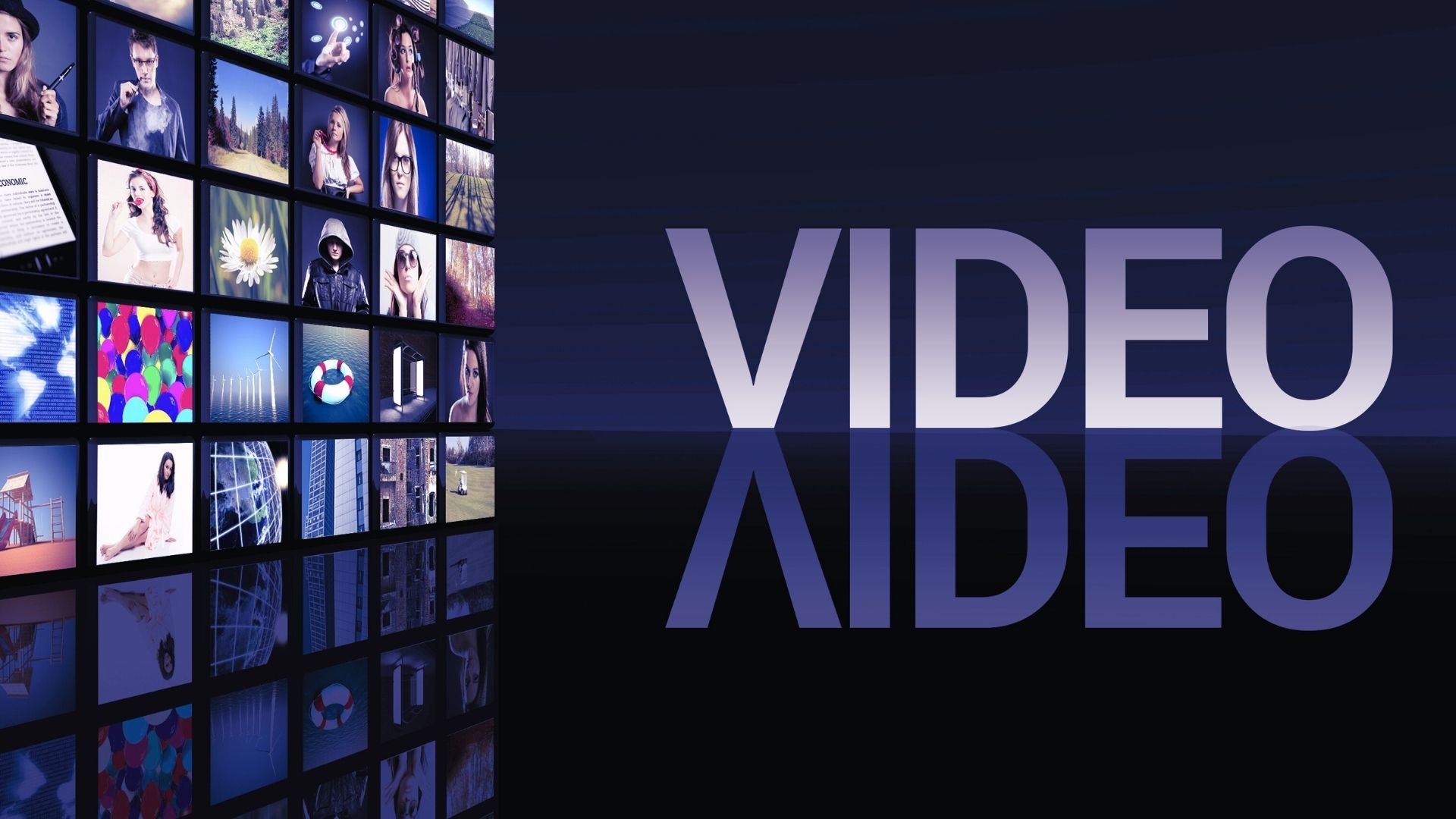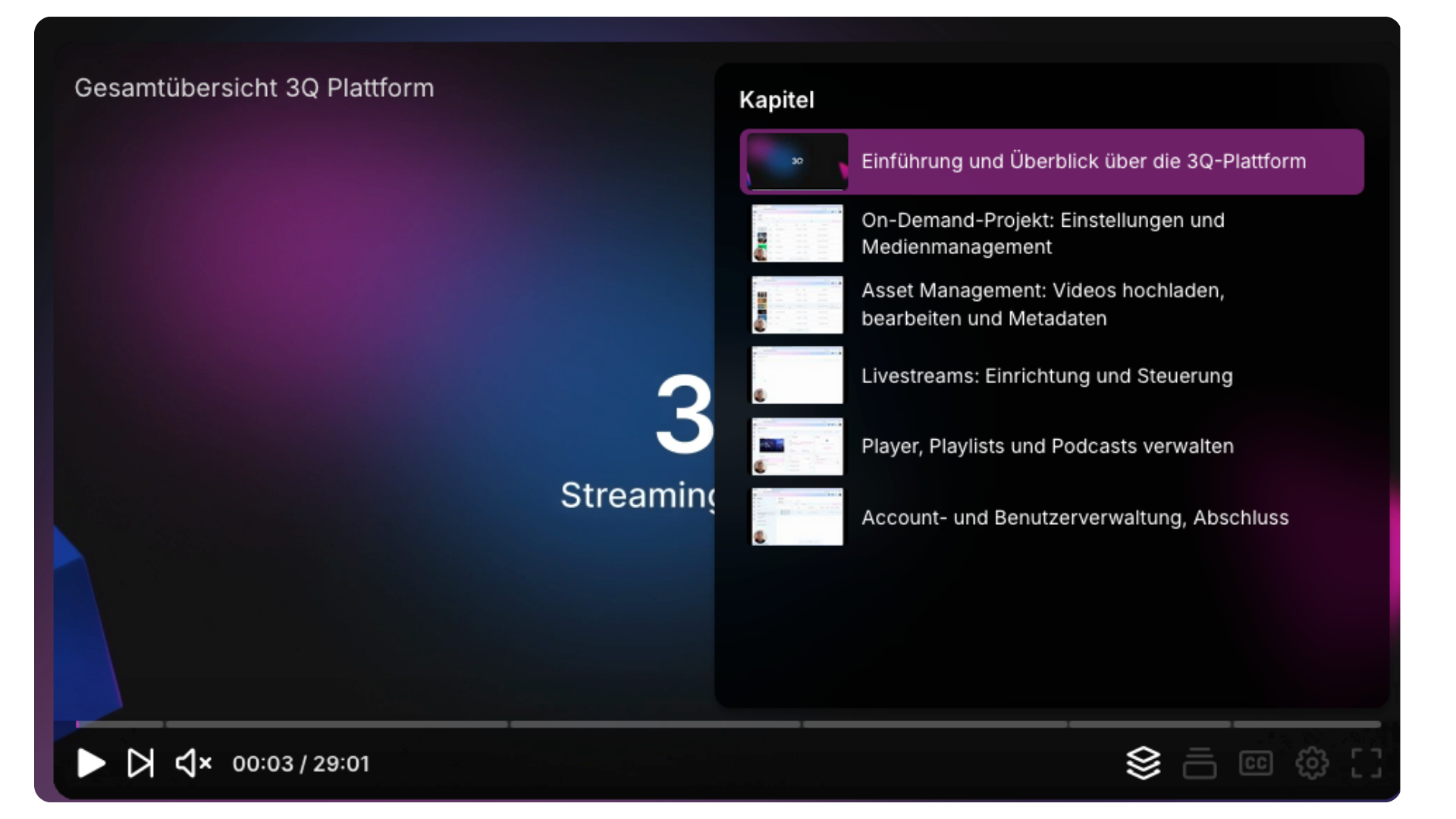Streaming Wars

Streaming Wars: How to stay relevant with video content
Just as the major streaming providers Netflix, Disney+ and Amazon Prime Video are literally “fighting” for viewers' attention, one thing is definitely clear: The future of the Internet belongs to moving images. Animated memes in the form of GIFs have long been used for quick reactions instead of emojis, and timelines on social networks are also moving more and more towards video clips. What we are currently experiencing with the streaming wars from the major providers will soon also be playing out in the area of owned content between brands.
The battle for the attention of users and consumers is increasingly being decided in the video arena. Large brands — but also smaller providers — will ultimately no longer be able to avoid a moving image strategy. What do companies and their content managers need to know now to avoid being left behind? What can content producers do? What do you have to pay attention to when publishing company-owned content online?
The four core elements for a relevant video offering
It doesn't take a sophisticated strategy to meet the technical requirements for video content. At least not if you use the right tools and use them securely to reach the target audience. All you need is a reliable partner who will work with you to take care of the following four elements:
1. Ensure a good user experience
If your target audience is already failing with the user interface of your video player, no one will watch your videos. What sounds logical to many is not yet self-evident in practice. Due to the high quality of the user interfaces at major streaming providers such as Netflix, users expect a consistent level even from smaller providers. Particular emphasis is placed on HD quality in image and sound, stable connections and the elimination of buffering (intermediate charging). In addition, all common devices should be able to play the stream.
2. Invest in the right tool
A reliable tool helps you as a partner and works with you to design an understandable and, above all, secure process. This workflow should also always be consistent and stable.
In order to reach the masses, your video signal must first be imported into the provider's platform. The platform must then convert the basic signal you have delivered into various terminal device formats (renditions) and prepare it for the usual streaming formats (DASH, HLS). Saving in various formats should also be ensured across multiple servers (content delivery networks) so that your content can be quickly retrieved from anywhere.
These technical background processes require a great deal of know-how. A good service provider brings this along and takes care of encoding, hosting, providing a user-friendly player and the content delivery network that meets your requirements.
3. Security for you, your content, and the target group
Since the introduction of the GDPR at the latest, consumers are paying more attention to data protection and data security. For this reason alone, GDPR-compliant servers are necessary to store your data within Europe.
Please also note that even if your content is on European servers, the service provider may well be located outside Europe. The laws of the respective registered office of the service provider may then also apply to your content. As a result, it may happen that your content and data must be disclosed.
You should therefore have as much control over your content as possible. Of course, it can also make sense to distribute the respective content via YouTube & Co. However, you should keep in mind that your content can also be broadcast uncontrollably. In the worst case scenario, the algorithm from third-party platforms also ensures that your content is linked to keywords that are not related to your content or that you and your brand do not want to be associated with.
4. Be and remain available
Your content is only relevant when it is actually seen. So above all, make sure that your content is available on as many devices as possible. In addition to desktop, Mac and Apple and Android smartphones, consider TV sticks and boxes, such as Google TV, Apple TV, Fire TV and more. You should also use social media to generate more reach for your content. To do this, trailers or even just teasers can direct your audience to your own content offering.
Already ready for the next round?
Broadband expansion is taking shape, albeit slowly. Video content will therefore also be used more widely due to easy accessibility. This is already generating some qualified leads, especially in e-commerce. Meaningful videos direct consumers to offers from the respective providers more quickly than pure text, for example. Take immediate action here and expand your company's video content area as early as possible. This is the only way you won't lose track of the latest trends in the next round and remain adaptable at all times.
Have the technological part done for you and work with a reliable partner, then you can concentrate entirely on the content itself. Good video content can only be created if all necessary resources can be used for it. After all, that includes your time.
Newsletter
Abonnieren Sie unseren monatlichen Newsletter, um immer auf dem Laufenden zu bleiben!


%202.png)







